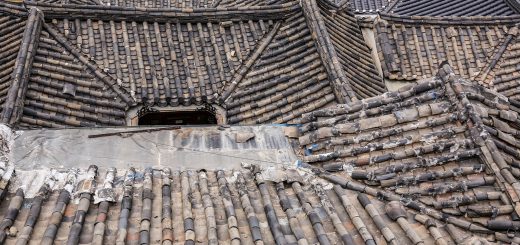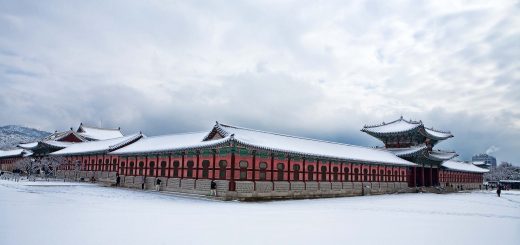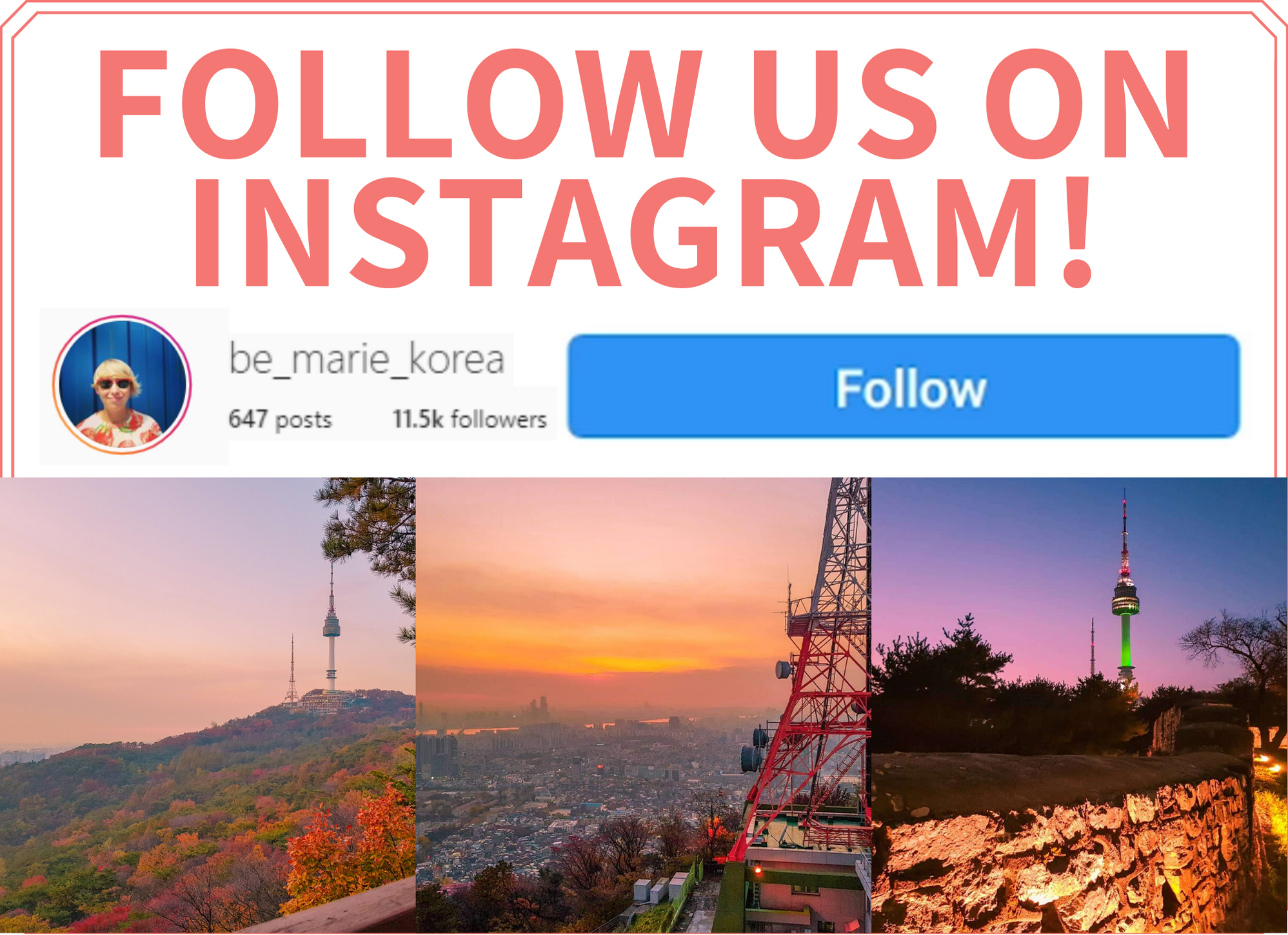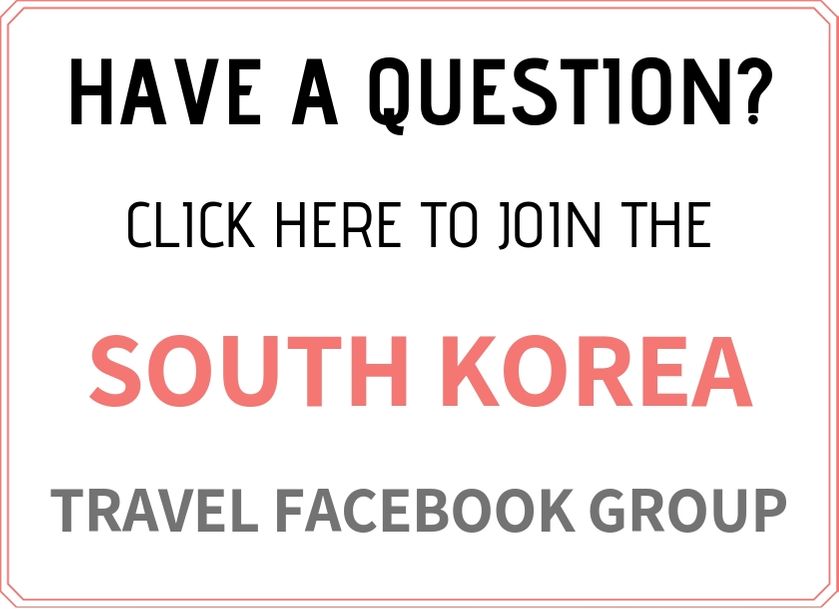Drinking Water in Seoul & The Rest of Korea | Tap Water in Korea
Drinking Water Safety and Availability in Korea
The safety and accessibility of drinking water in Korea is a top priority. The Korean government employs stringent standards and extensive monitoring systems to ensure the quality of drinking water. As a result, tap water in Korea is generally safe to drink without any additional treatment. Travellers can also find bottled water readily available in convenience stores and vending machines.
Water Consumption and Cultural Importance
As a culture, Koreans place a considerable emphasis on the importance of drinking water. They believe in regular hydrating for not only quenching thirst, but also for maintaining overall health. Water consumption is embedded in daily routines, and is seen as a natural antidote to the body’s imbalances. This societal emphasis on the benefits of water consumption is further reflected in the provision of clean drinking water sources at public places.
Water Sources in Public Areas
One can find clean drinking water sources in various public spaces throughout the country. These include water fountains and public water dispensers found in parks, public transportation hubs, and recreation areas. It’s common to see Korean locals refilling their water bottles from these fountains.
In addition to the abundant locations for fill-ups, the water delivery system in Korea is technologically advanced. Drinking fountains are equipped with filtration systems and even cooling systems for providing cold water during the hot summer months.
Cleanliness and Hygiene Standards
Korea as a country is known for its cleanliness and high hygiene standards. This extends not only to its drinking water, but also to its bathrooms, hotels, touristic sites, and shops. To maintain these standards, Koreans follow a stringent cleaning protocol which is also applied to their water delivery systems.
In conclusion, ensuring the availability of clean, safe drinking water is a reflection of Korea’s commitment to public health and hygiene. Travellers to Korea can rest assured that whether they choose to drink from the tap, buy bottled water, or refill at a water fountain, they will have access to safe and healthy water.
Contents
Updated and Comprehensive Guide to Visiting Korea
When planning a trip to South Korea, it’s essential to familiarise yourself with the local customs, rules and needed accessories for the best possible experience. Here are some indispensable points that you should consider:
-
Tipping Policy: Unlike other countries, South Korea follows a no tipping culture. The concept of leaving extra money for services in restaurants, cafes or hotels is not typical here. Except for situations like a trip with a tour guide or taking a taxi, tipping is not customary. In fact, at traditional establishments or age-old restaurants, tipping may even be considered disrespectful. Therefore, always remember this important cultural distinction when visiting South Korea.
-
Power Adapters: Power sockets differ across the world, and thus what works in your country might not necessarily work in South Korea. Specifically, for travellers from regions like the US, UK, South East Asia, and Japan, it’s advisable to pack a travel adapter compatible with Korean sockets. Korean power outlets are of type F, the same as those in mainland Europe, which have two round pins. Confirming your gadgets and appliances will work overseas can save a lot of hassle upon arrival.
-
Planning Your Visit: It’s always better to have a well-laid plan instead of exploring aimlessly. To make the most out of your visit, browse through these suggested Korea itineraries. From cultural experiences, food journeys, historical visits to scenic beauty, these itineraries cover an array of activities that cater to various interests and preferences.
This information aimed at preparing you in advance should prove beneficial for a smooth and enjoyable trip to South Korea. Keep these points in mind, and you will be all set to relish every moment of your Korean adventure.
Water In Korea: An Updated Practical Guide
Whether you’re visiting Korea soon or planning on staying for a longer period, you might have questions about the drinking water situation in the country. Rest at ease, knowing there are numerous safe and dependable choices at your disposal. Here’s an updated guide on drinking water options in Korea, including tap water, bottled water, and purified water.
1. Tap Water In Korea
Is the tap water in South Korea drinkable? Undeniably YES. The country boasts of a reliable water infrastructure, and the purification protocols are meticulously upheld. Known for its high quality, the tap water in South Korea is generally safe and should not cause any stomach issues.

The South Korean government is committed to ensuring clean water access by conducting routine replacements of old pipelines across Seoul and other regions. As of now, 95% of the old water pipes in Seoul have been replaced, and the remaining 5% were replaced by 2020. Since 2003, when Korea ranked 8th in the United Nations worldwide water quality report, the quality of water has significantly improved. For this reason, it’s highly advisable to bring a reusable bottle when visiting South Korea.
Important to remember: If your accommodation happens to be in an older building, the tap water might initially appear slightly brown due to old pipes within the building. In this case, opting for bottled water is recommended. However, there should be no such issues in modern and newly-constructed hotels.
1.1 Tap Water In Seoul
In the capital city, Seoul, the Office of Waterworks, popularly known as Arisu (acclaimed by the UN), diligently oversees the water quality 24/7. During the day, regular water quality checks are performed covering 147 indicators at five water intake points. If you’re interested in learning more about the purification process, Arisu features its own Waterworks Museum, which offers insights into the history and evolution of clean water in Korea. Further details available here.
2. Bottled Water In Korea
Despite the high-quality tap water, the popular preference in Korea still leans towards bottled water or water from a home purification system. The belief is that these options are healthier than tap water, and repeated public campaigning to promote tap water hasn’t managed to change this perception. The bottle water industry, consequently, is thriving, with projected earnings of about 1 trillion won by 2020.

Once you visit any supermarket, you’ll come across more than 20 different brands of bottled water varying in price from 500 won to 2000 won per bottle. The most renowned brand is Jeju Samdasoo, renowned for being the only volcanic bedrock water in South Korea. Budget-friendly brands such as Bongpyeong Spring Water and Blue from E-mart sell for about 470 won per 2 liters. It’s noteworthy to know that many brands source their water from the same location, implying that under different labels and prices, you could be buying ‘identical’ water.
Environmentally-friendly tip: Opt for a reusable bottle as opposed to purchasing bottled water. This simple step reduces plastic waste significantly. If you’re uneasy about drinking tap water, water purifier machines found at almost any museum, restaurant, and public building would let you refill your reusable bottle.
3. Purified Water
Majority of Korean households use a purifying machine that cleanses tap water, and such machines are ubiquitous in public establishments including museums, restaurants, and government buildings. Feel free to refill your bottle at these locations.
Note: In several restaurants, water service is self-serve. If you observe a filtered water machine accompanied by cups, it’s implied that diners are expected to help themselves to water.
Top Travel Water Bottles for Your Visit to South Korea
If you’re planning a trip to South Korea, it’s advisable to bring a reusable travel water bottle with you. Not only is this more eco-friendly, but it’s also significantly more convenient. You can easily refill your water bottle, either directly from the tap or from various purifier machines that can be found in virtually all public spaces. Below, you’ll find a shortlist of the best travel water bottles suitable for different needs and preferences.

1. Stainless Steel Bottles
Recently, there has been an uptick in popularity for stainless steel water bottles. This can be attributed to a variety of factors: their impressive durability, eco-friendliness, and practical design. Stainless steel bottles are excellent for long-term use, reducing waste that would otherwise end up in our oceans and landfills. They are also significantly more resistant to corrosion, rust, and bacteria than their plastic counterparts, making them a much safer option for storing your beverages. Many stainless steel bottles feature insulation technology, ensuring that your drinks stay hot or cold for extended periods. This makes them especially suitable for outdoor activities and travel adventures.
Recommended Stainless Steel Bottles:
2. Collapsible Water Bottles
If you’re traveling light or looking to save some space in your bag, collapsible water bottles might be the right choice for you. While these are typically made of plastic, they are extremely lightweight and easy to pack, making them perfect for traveling to South Korea or any other destination.
Recommended Collapsible Water Bottles:
3. Water Purifier Bottles
If you’re apprehensive about the quality of water during your travels, consider investing in a water purifier bottle. Most of these options come equipped with a filter that needs occasional replacement. While this may be a more expensive choice, it ensures the water you’re drinking is safe. Although these measure might seem a bit excessive for South Korea, if you’re also visiting neighboring regions, it could be a worthwhile investment.
Recommended Water Purifier Bottles:
Note: If you’re planning to go camping or hiking during your stay in South Korea, bringing a purifier bottle might be useful. In the mountains, you’ll often encounter springs from which many locals drink. If you want to join them, make sure to use your purifier bottle for safety reasons.
Understanding and Using the Word for Water in Korean
The Korean term for water is 물 (mul). It is pronounced similarly to the last part of the English word ‘full’. This monosyllabic term is straightforward and one of the first words that Korean language students learn, given its daily use prevalence.
If you’re visiting Korea, finding yourself in a traditional Korean restaurant, and you want to order water, it’s vital to know the phrase 물 주세요 (mul juseyo). It literally translates to ‘give water, please’. This polite phrase is what you would typically use in a restaurant set-up as a well-mannered customer.
Up-to-date information suggest that Korean language learners should focus on appropriate intonation patterns when pronouncing Korean words. The intonation pattern for 물 (mul) is typically flat, but the actual pronunciation can change slightly depending on the speaker’s regional dialect.
It’s also beneficial to note that when written in Korean Hangul, each character has a corresponding syllable. The word 물 consists of three characters representing “m” “u” and “l” sounds respectively.
Remember:
- The word for water in Korean is 물 (mul).
- To ask for water in a restaurant setting, use the phrase 물 주세요 (mul juseyo).
- The pronunciation for 물 (mul) is similar to the ending of the English word ‘full’.
- Pay attention to the specific intonation and pronunciation influences from regional dialects.
- In Hangul, each character symbolizes a syllable. “물” has three characters symbolizing “m” “u” and “l”.
By understanding and using these phrases, you’re one step closer to immersing yourself in Korean culture. Whether it’s for travel, work, or just pursuing a new language, getting your tongue around these basics will go a long way.
Get Involved!
Do you have any additional queries about the drinking water situation in Korea? Have you tried any of their bottled water brands, or perhaps something else that struck your fancy? Feel free to share your experiences or suggestions for improving this article in the comments section below. Your contributions enrich our knowledge base, and we highly appreciate it!
Frequently Asked Questions
Is it safe to drink tap water in Korea?
Yes, tap water in Korea is generally safe to drink as it meets the standards set by the World Health Organization. However, due to old pipes in some older buildings and personal preferences, many locals still use water purifiers or drink bottled water.
Why do many Koreans prefer using water purifiers despite the tap water being safe?
Many Koreans prefer using water purifiers or drinking bottled water because of the taste and potential residual concerns from old plumbing systems. It is a cultural preference for added peace of mind and improved taste.
Where can I find bottled water if I prefer not to drink tap water?
Bottled water is widely available and can be found in convenience stores, supermarkets, and vending machines throughout Korea. Brands like Jeju Samdasoo and Baeksansu are commonly available and trusted by locals.





